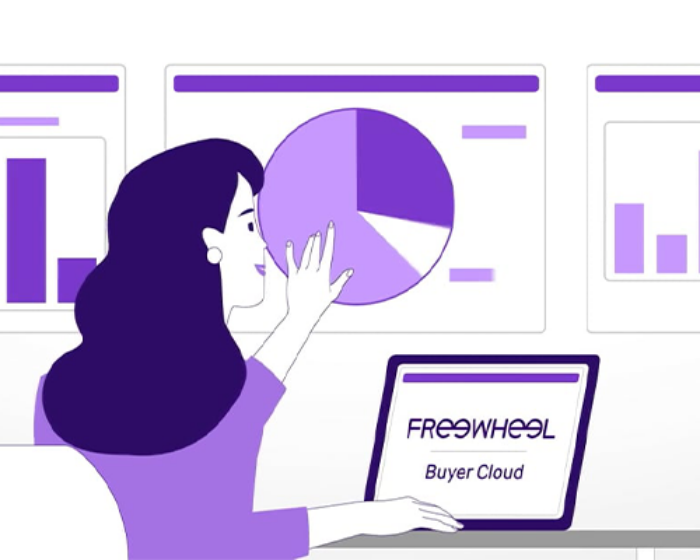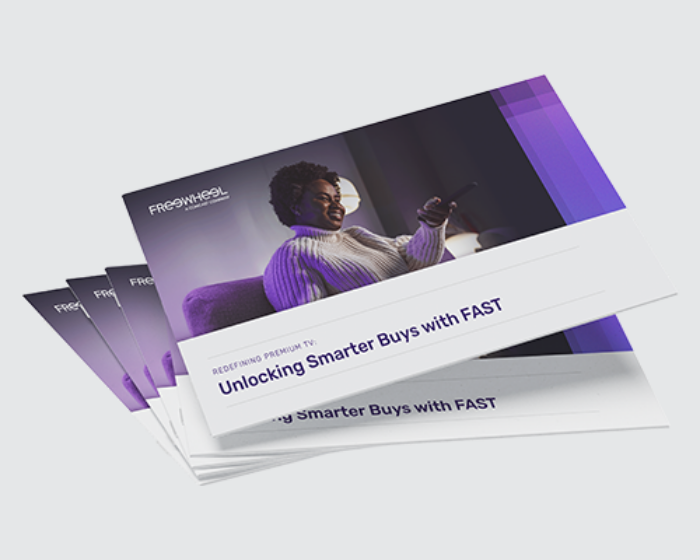So much of today’s premium content has shifted to streaming, and so too have the advertising opportunities and the TV upfront negotiations. And as more streaming publishers continue to join the upfronts, advertisers and publishers alike are benefiting from the increased audience availability and advertiser budgets. But what’s actually planned, proposed and negotiated during upfront engagements has changed dramatically.
Programmatic Has Reshaped Agency Upfronts
Not that long ago, agencies were the original curators. They hand-picked placements to achieve advertising goals, like coupling a strategic spot during the latest “American Idol” episode on Wednesday night to help drive a theatrical release that Friday. But with streaming’s explosion, audiences can access a variety of premium content at any time, and because every streaming platform is ad-supported, there are innumerable opportunities for advertisers. However, this fragmented viewership across screens and content makes it harder for agencies to find audiences at scale; buying strategies and media commitments are shifting to audience-based approaches that target consumers wherever they watch their favorite content.
As a result, advertising is now increasingly transacted programmatically, a practice that continues to climb by double digits every year. And now, every upfront conversation has shifted from negotiating mixes of original and repeat episodes to inventory supply access, audience targeting integrations, curation signals and meta data and deterministic ad logs. There are still programming discussions, but upfront conversations have expanded to include everything from permissioned access to more technical, granular signals upon which a new-world form of curation is performed—the creation of customized, brand specific, multi-publisher, genre or audience-specific “packages” of inventory for agencies to “bid into” for their advertisers.
Programmatic buying was invented to manage complexity. And in complexity, one will always find opportunity. Unfortunately, one may also find opportunists.
The Overabundance of Tech Middlemen
Agencies have had to rapidly evolve to deliver results in this new ecosystem, such as investing in proprietary identity and audience platforms and technology-based solutions to deliver best-in-class insights, media recommendations and holistic campaign management. Despite these innovations, the vast number of publishers, platforms and partners make it challenging for agencies to independently manage clients’ needs—anything from inventory aggregation to accurate audience targeting, tracking and measuring the performance of each client’s portfolio of campaigns across thousands of touchpoints and partners with accuracy and credibility. Consequently, a cottage industry has emerged to support this marketplace.
The “programmatic middle” refers to a group of sell-side platform companies who have served an important role between buyers and sellers. They’ve offered services like cross-publisher aggregation, inventory and audience curation, consolidated reporting, etc., and they’ve been very successful, though with varying degrees of necessity and benefit to advertisers.
However, these platforms have become bigger players over time. Now they are buying, packaging and reselling premium advertising for streaming services and positioning themselves between advertisers, agencies and premium publishers. This imperfect dynamic incentivizes platforms to capture as much programmatic scope and revenue as possible and has created enormous confusion, with multiple players representing and claiming the same inventory, hidden tech taxes and opaque campaign results which impede performance attribution—none of which is in the advertiser’s best interest.
Simply put, the industry has become too reliant on third parties in the programmatic middle who, driven by their own growth and competitive dynamics, have disintermediated the true drivers of the advertising market: the agencies, with their advertisers and budgets, and the premium publishers with their content and audiences.
Why Advertisers Need More Upfront Upfronts
In the heyday of upfronts, agencies and publishers dealt directly with each other, creating incredible value for advertisers. Despite the industry’s evolution to a more automated, data- and tech-enabled marketplace, this partnership should not—cannot—remain disintermediated. The good news is that agencies and their sell-side partners are catching on that over-reliance on tech middle players is increasingly inefficient, and they are beginning to explore alternatives.
The way forward is for agencies and publishers to identify the technology and integration solutions that bring them closer together and aim to capitalize on that relationship. Fortunately, solutions do exist today that provide direct inventory connections and offer the highest fidelity data and audience connections. This eliminates unnecessary third parties and tech taxes and improves targeting and measurement accuracy.
Most importantly, this puts negotiation over content, placement, partnership and even programmatic inventory access back into the hands of the agencies, their advertiser clients and publishers, just like the original upfronts intended.
This content has been modified from the original article published here on AdAge.com.



